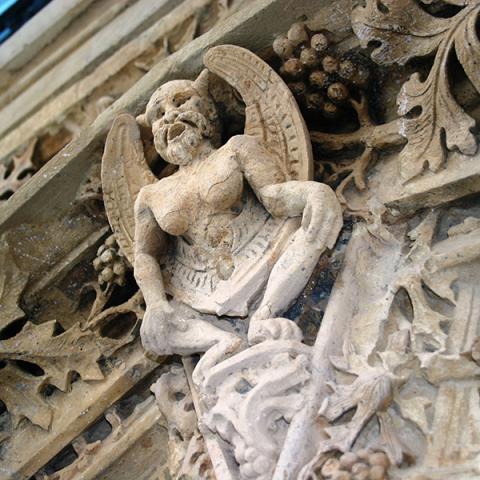Geologo e tecnologo dei materiali storici del restauro
rattazzi_2706
rec_mag 159
ROMAN CEMENT, IL CEMENTO BUONO
Storia e tecniche di un legante antico
Il Roman Cement è un legante idraulico scoperto da James Parker intorno al 1780 e brevettato nel 1796. Il nome del legante non ha nulla a che fare con i materiali usati da Romani. Si tratta di un cemento naturale prodotto originariamente attraverso la cottura di noduli di Septaria (miscele naturali di calcari e argille). Il Roman Cement, in virtù delle sua caratteristiche trova impiego nel restauro di edifici storico monumentali, nella decorazione e nell’ambito delle bio-costruzioni.

